Fashion, often viewed as an art of personal expression, is deeply intertwined with a society’s history, values, and traditions. Traditional and Ceremonial wear, in particular, is a testament to the rich tapestry of global cultures, representing a community’s unique identity and customs.
In this article, I will delve into the significance and diversity of these attire from around the world.
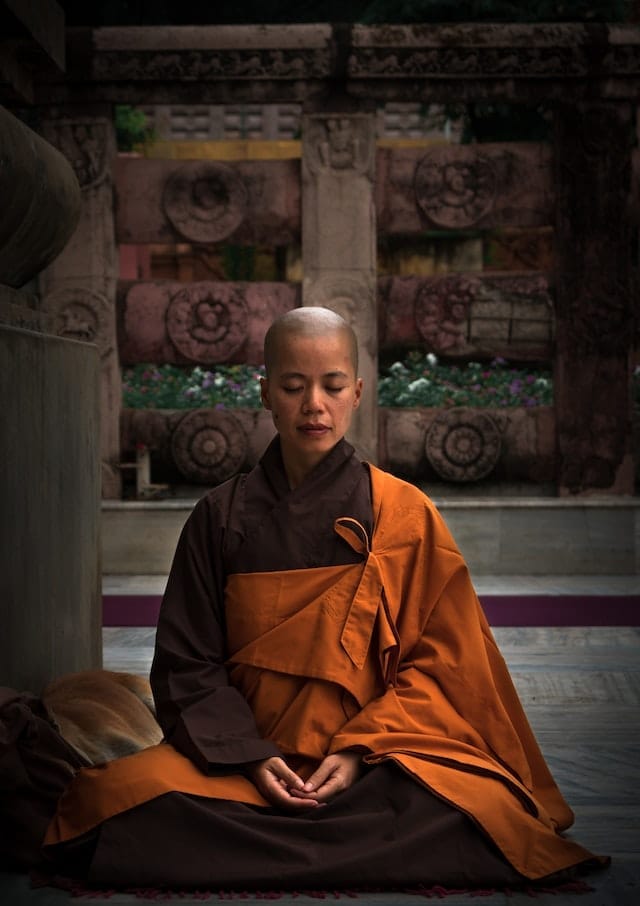
Table of Contents
The Significance of Traditional and Ceremonial Wear
Traditional and ceremonial clothes are more than just outfits. They tell stories about where we come from, what our ancestors believed, and how we see ourselves in our communities.
Just like family tales we hear from our grandparents, these clothes share old memories and show our pride in our roots.
In simple terms, these clothes are like history books we can wear.

Cultural Preservation
These outfits serve as a tangible link to the past. By wearing them, generations commemorate the values, stories, and history of their ancestors.
Identity Affirmation
For diaspora communities, traditional wear can be an important symbol of their roots. It offers a sense of belonging and helps counteract the erasure that can come with assimilation.
Rites of Passage
Many cultures have specific garments for milestones like births, weddings, or funerals. These garments signify transitions and are revered for their importance.
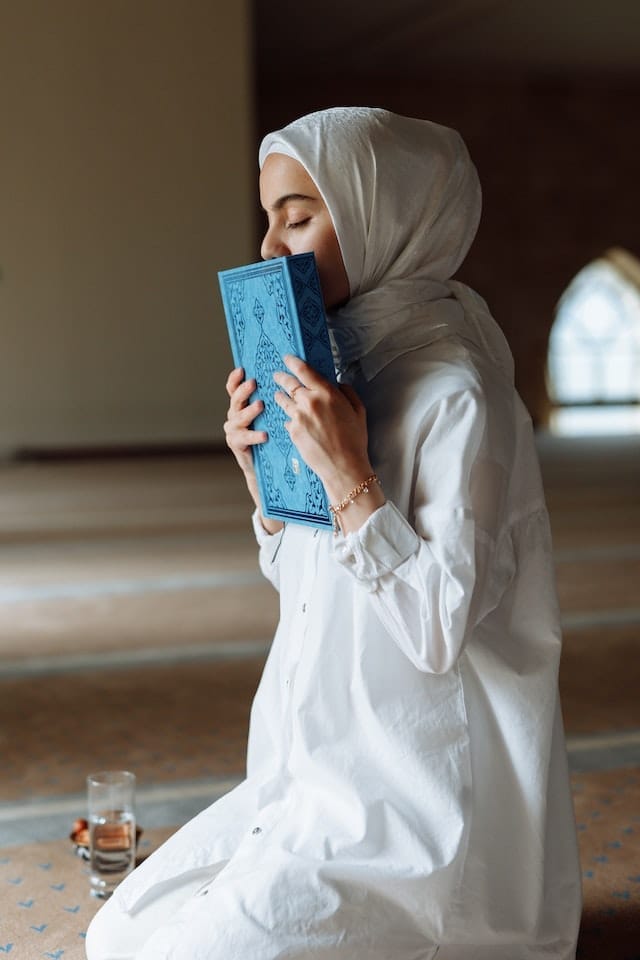
Glimpse into Some Iconic Traditional and Ceremonial Attires
Kimono (Japan)
The Kimono is a traditional Japanese robe with wide sleeves and a broad belt called an “obi.”
Once an everyday attire, it’s now mainly worn on special occasions, with its colors and patterns reflecting the season or event.
Representing Japanese culture and traditions, the Kimono is a symbol of Japan’s deep respect for nature and life’s milestones.

It varies in style for men, women, and children, each with its unique significance.
Beyond being just clothing, the Kimono is a cherished art form and a vivid narrative of Japan’s rich history.
Hanbok (Korea)
The Hanbok is the quintessential traditional attire of Korea, recognized by its vibrant colors and graceful, flowing lines.
The women’s version, typically comprised of a short jacket called “jeogori” and a full, voluminous skirt named “chima”, is complemented by the men’s ensemble of a jeogori paired with baggy pants, “baji”.

Worn with pride during festivals, ceremonies, and special occasions, the Hanbok is a reflection of Korea’s deep-rooted cultural aesthetics and history.
Its design emphasizes the harmony of nature and the human form, with its fluidity mirroring the mountainous landscapes and serene rivers of the Korean Peninsula.
In essence, the Hanbok isn’t just a garment, but a beautiful celebration of Korean heritage and identity.
Sari (India)
The Sari is an emblematic garment from India, representing its rich tapestry of cultures and traditions.
Comprising a single, elongated piece of cloth, often six to nine meters long, it is elegantly draped around the body in myriad styles, reflecting the diversity of India’s regions.
The art of wearing a sari, or “draping,” varies across states, communities, and personal preferences.
Accompanied by a blouse (‘choli’) and a petticoat, the sari is a canvas of vibrant colors, intricate patterns, and delicate handwork, each telling a tale of its origin.
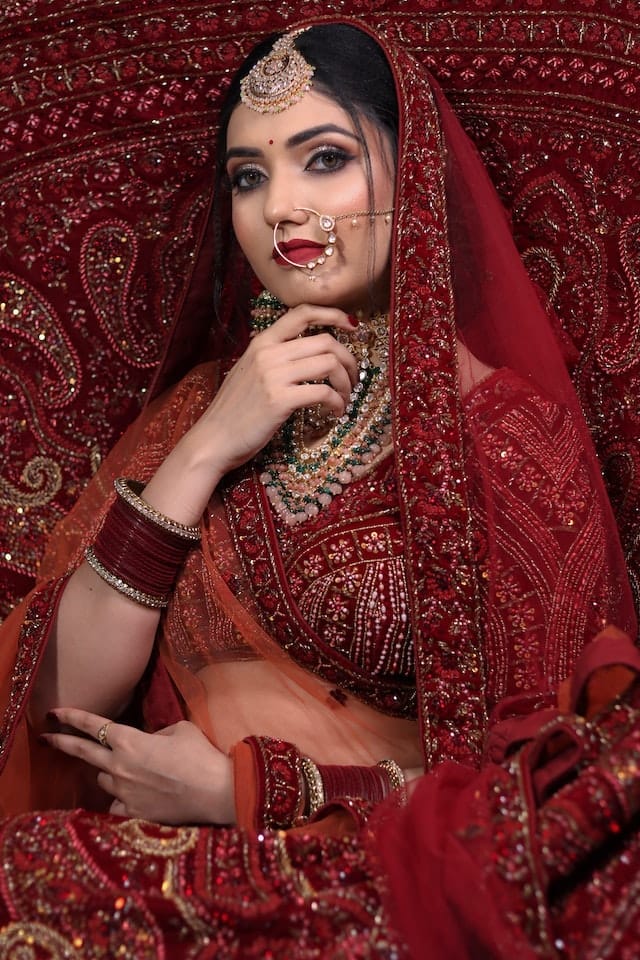
Be it the Banarasi saris known for their gold and silver zari designs or the Kanchipuram silk saris celebrated for their durability and luster, each type echoes the craftsmanship and legacy of its region.
Beyond fashion, the sari is a cherished symbol of grace, identity, and the multifaceted heritage of India.
Highland Dress (Scotland)
The Highland Dress is an iconic symbol of Scottish heritage, instantly recognizable by its tartan patterns and distinct accessories.
Central to this attire is the kilt, a knee-length pleated skirt traditionally made using wool and featuring a specific tartan pattern that often represents a particular clan or family.
Accompanying the kilt are several other elements like the sporran (a decorative pouch), kilt hose (long socks), and ghillie brogues (special shoes).
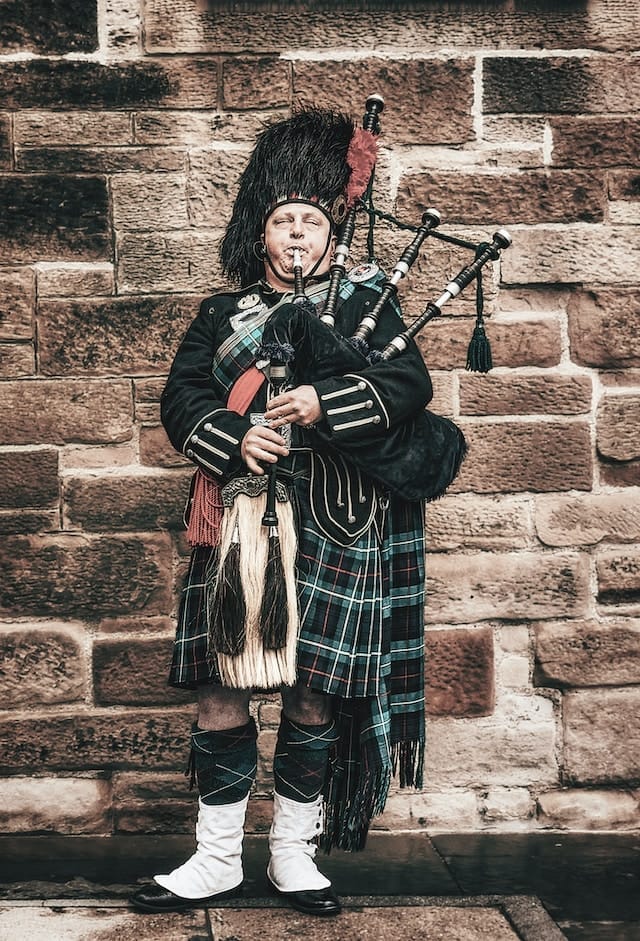
Often worn during celebrations, ceremonies, and Highland games, this attire is also complemented by other accessories such as the sgian-dubh (a small knife) and tam o’ shanter (a woolen cap).
Beyond mere clothing, the Highland Dress embodies Scotland’s rugged landscapes, turbulent history, and the enduring pride and unity of its people.
Masai Shuka (Kenya/Tanzania)
The Masai Shuka is a distinctive and vibrant cloth worn by the Maasai people of Kenya and Tanzania.
Traditionally draped over the body, its bright colors—often red with stripes or checkered patterns in blue, green, yellow, or black—serve not just as a fashion statement but as a symbol of the Maasai’s warrior status and deep-rooted cultural identity.
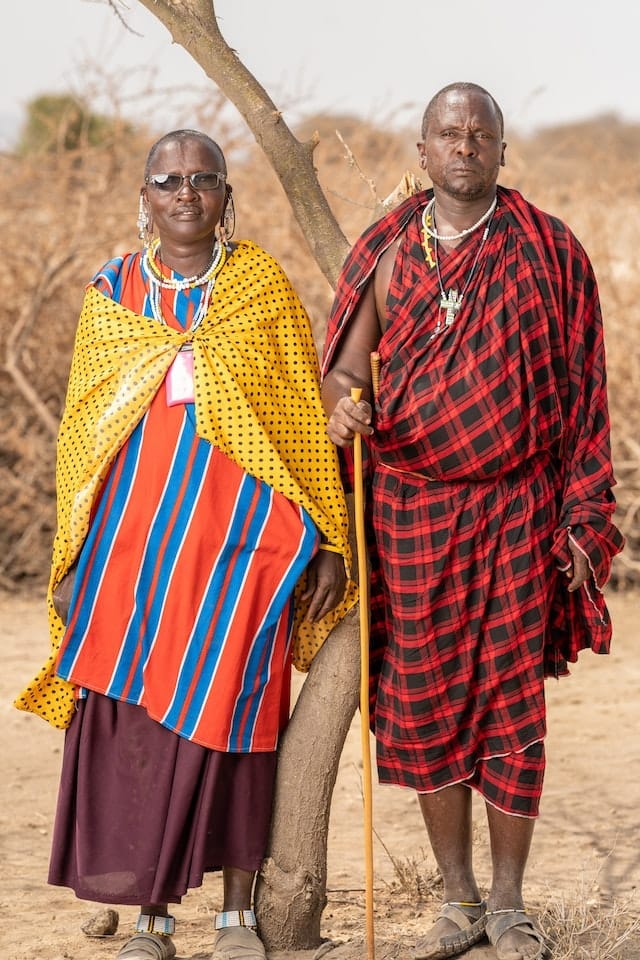
The fabric, originally derived from animal skins but now mostly made from cotton, is both durable and beautiful, reflecting the Maasai’s resilience and close relationship with their environment.
Paired with intricate beadwork accessories, which often indicate one’s age, marital status, or social standing, the Masai Shuka is more than just an outfit; it’s a powerful emblem of East African heritage and the Maasai’s proud legacy.
Charro Suit (Mexico)
The Charro Suit (Traje de Charro) is a cornerstone of Mexican heritage, symbolizing valor, tradition, and national pride.
Originating from the state of Jalisco, this ornate suit is an ensemble of intricately embroidered jackets and trousers, often adorned with silver buttons and decorative stitching.
Initially worn by “charros” – Mexico’s cowboys – during rodeos and “charreadas” (Mexican rodeo events), the suit has now found its place in various festive occasions, especially the country’s Independence Day celebrations.
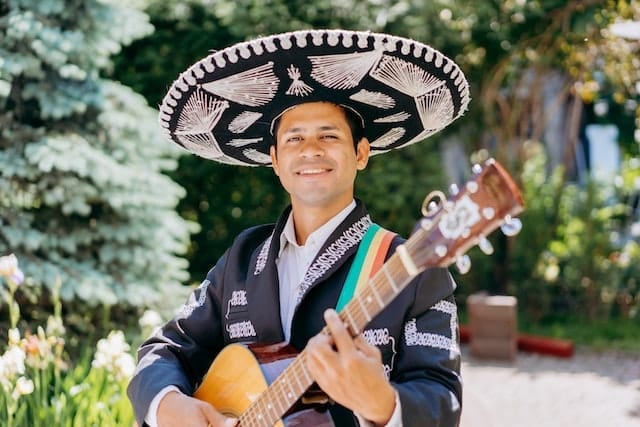
The outfit’s blend of functionality and intricate design serves as a testament to Mexico’s rich history, blending the ruggedness of the charros with the elegance of skilled craftsmanship.
Adapting to Modern Times
While the essence of traditional wear remains, many designers are blending contemporary styles with classic designs, ensuring their relevance in today’s fashion scene.
Fusion wear, which merges global fashion trends with traditional elements, has gained immense popularity. For instance, the Indian ‘Indo-Western’ style combines western cuts with traditional embroidery and motifs.
Moreover, global events, such as international fashion weeks, now showcase traditional wear, giving it a platform on the world stage.
This not only broadens appreciation for diverse cultures but also promotes cultural exchange.
Conclusion
Traditional and ceremonial wear goes beyond mere fashion. It encapsulates the spirit, stories, and identity of communities.
In simple terms, when we see or wear traditional clothes, we’re doing more than just dressing up.
These clothes tell us stories of our ancestors, their lives, and their values. They teach us about different people from around the world and how they celebrate their special moments.
Plus, when we buy them, we’re helping local artists and the planet. It’s like keeping a piece of history alive, and at the same time, building bridges between cultures.
So, every time someone wears a traditional outfit, it’s a way of saying, “I remember, I respect, and I celebrate our shared human story.”
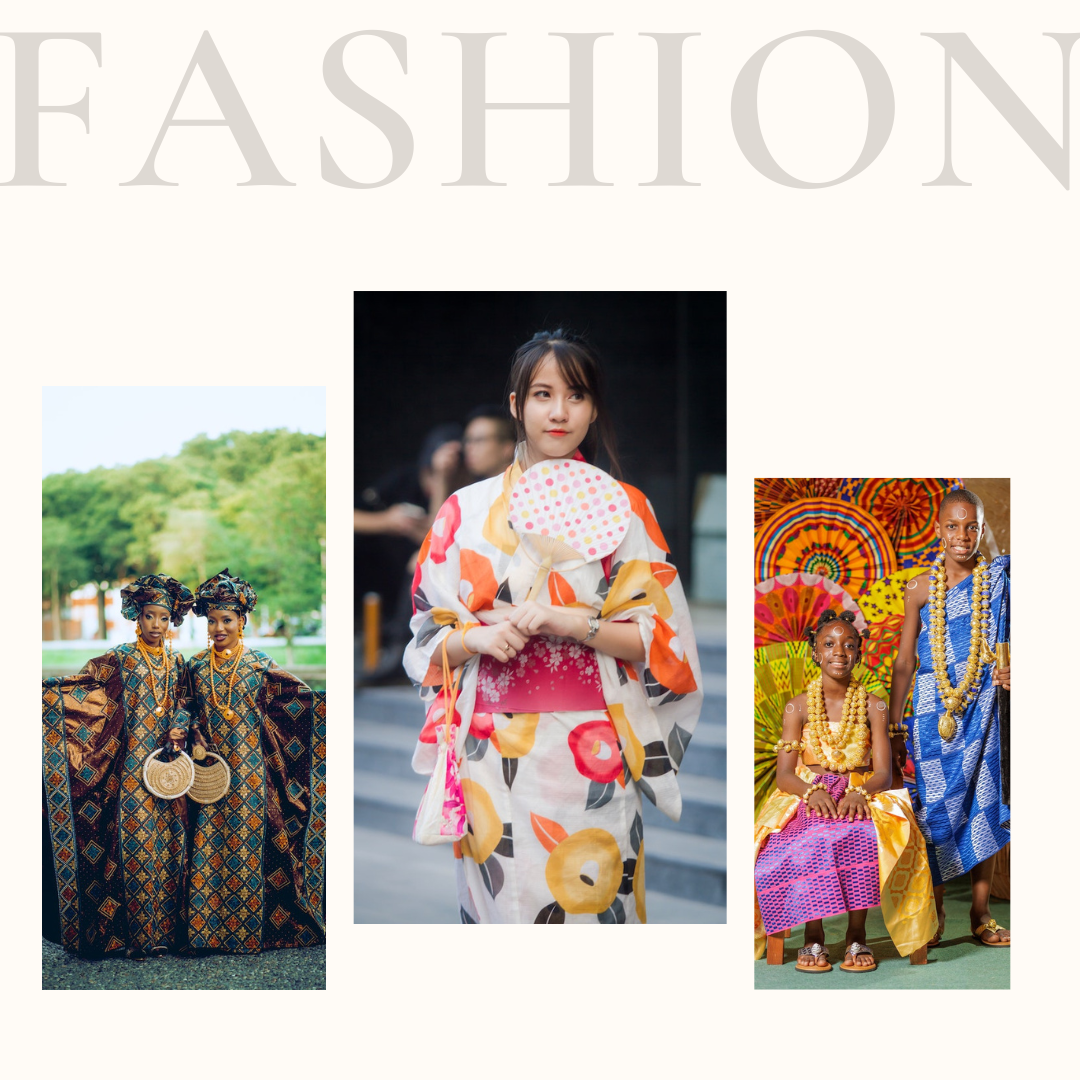
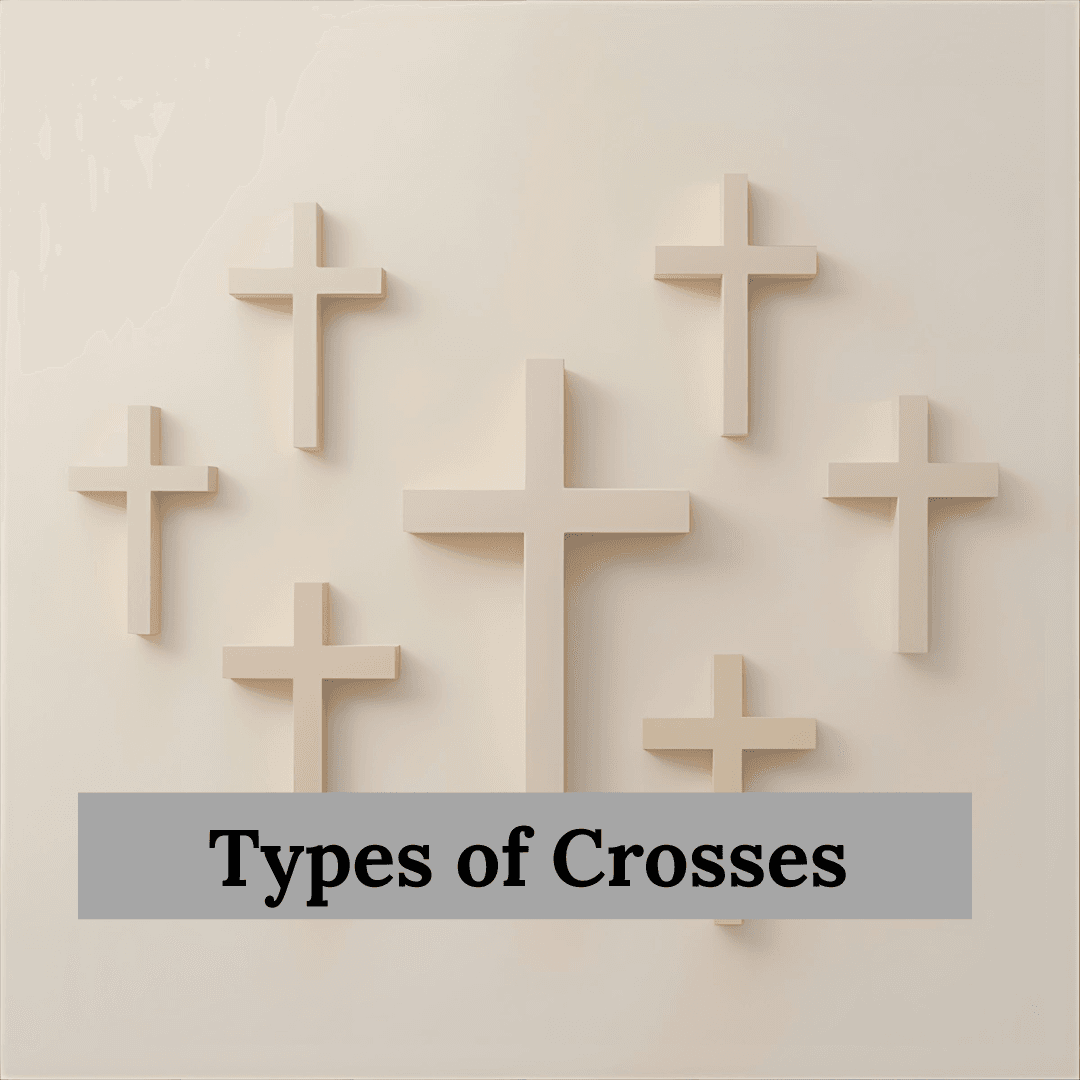

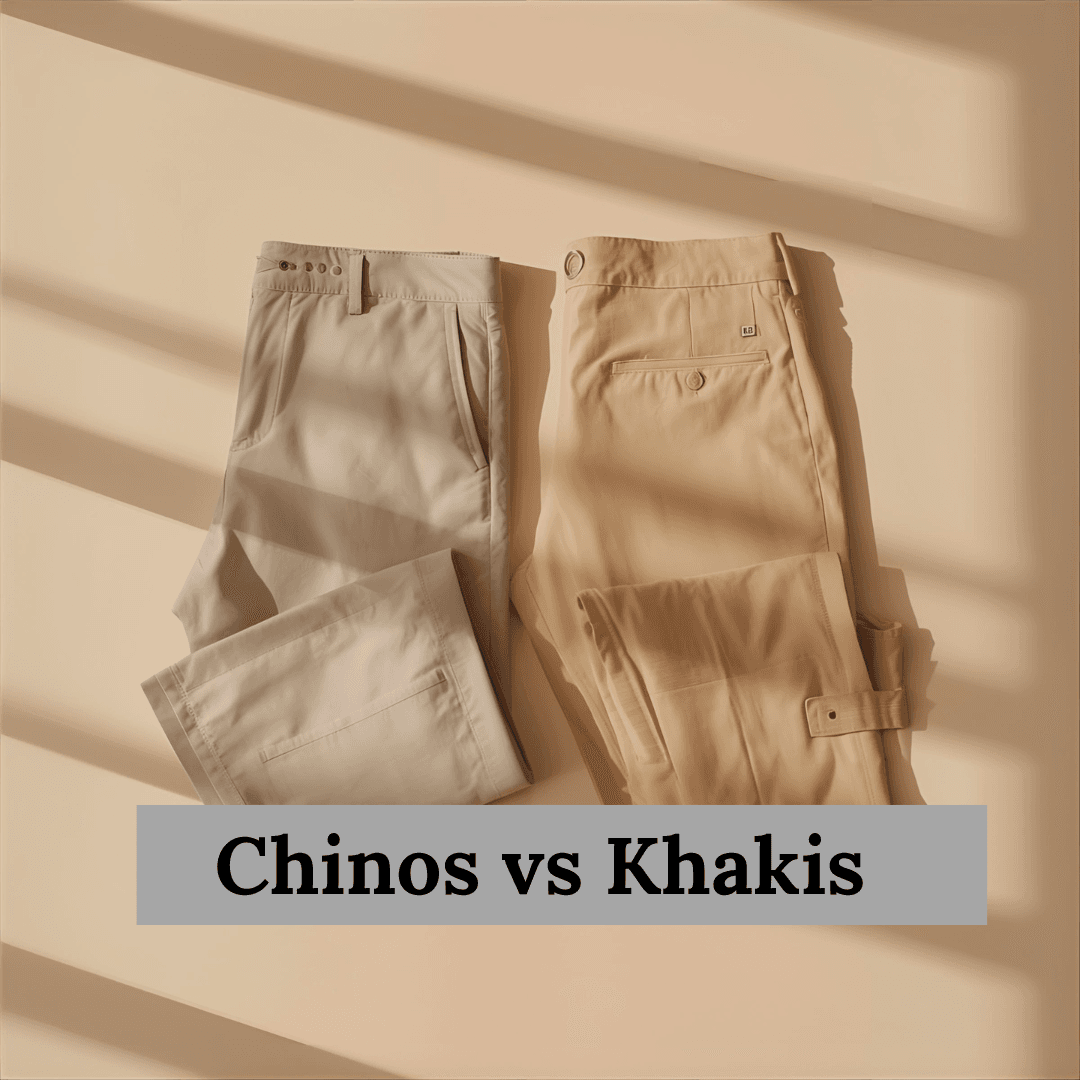
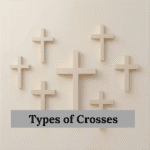



Leave a Reply